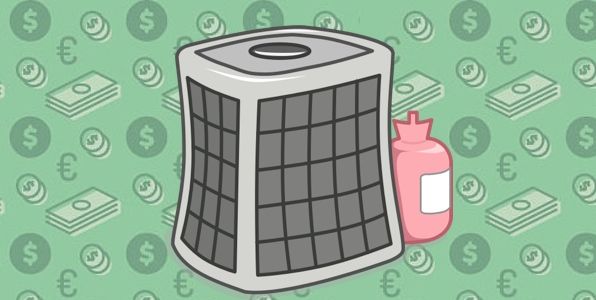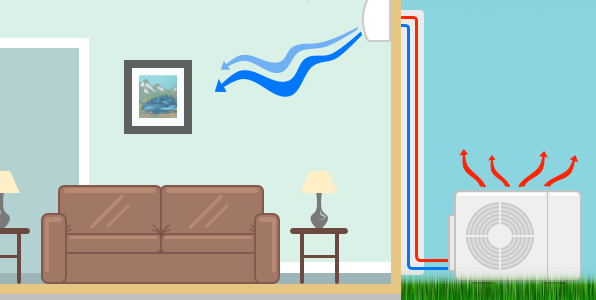Why Regular HVAC Maintenance Really Pays Off
Benefits of HVAC Maintenance
Keeping your HVAC system in top working order is important to maintain the comfort of your home or business, to save money and energy while it’s in use, and to avoid costly repairs down the road. Ideally, the ratio of HVAC costs should be 70 percent preventative and 30 percent corrective. But if you are doing your maintenance right, you may even be able to keep even more of those corrective-cost dollars in your bank account.
In this article, we will look at the benefits of regular HVAC maintenance—but first, here’s a look at what exactly that looks like.
What HVAC Maintenance Should I Be Doing?
Keep a calendar of HVAC maintenance tasks that you should perform on a regular, monthly, seasonal, or annual basis. Here’s a simple checklist:
Regularly
- Sweep away debris and leaves from around HVAC units.
- Ensure that at least two feet of space exists around AC and heat units.
Monthly or seasonally
- Replace air filter monthly (every 90 days is acceptable during non-peak season)
- Check refrigerant lines monthly
- In fall, turn on water and replace humidifier filter
- In summer, turn off water connected to furnace humidifier
- Have a licensed HVAC technician perform a furnace inspection just before the cold months and an air conditioning inspection just before the warm months
Annually
- Clear out the air conditioning condensate drain with a water-bleach mixture
- Change out carbon monoxide detector batteries
6 Benefits of Regular HVAC Maintenance
If you take good care of your HVAC unit, it will pay off. Just a few of the perks of a well-maintained HVAC system include:
Longer system life
If you maintain your HVAC system, it will last longer. Just as a car has a longer lifespan when it is properly maintained and repaired, an HVAC unit will give you more years if it is kept in good shape.
Fewer repairs and associated costs
Avoid the higher cost of emergency repairs or replacements by keeping up with maintenance as you go. Simply changing air filters on a monthly basis can make a huge difference in the amount you ultimately spend on repairs over the long term. As they say, an ounce of prevention is worth a pound of cure.
System efficiency
A well-maintained HVAC system will also save you money on monthly utility costs. When your HVAC system is not working at its highest efficiency level, it costs extra to keep it running. Dirt, debris, and even old parts in need of replacement can all slow down the speed of your HVAC units and hit you hard on your utility bills.
Health
You want the air that you breathe to be as clean as possible for optimal health. Clean ducting and air filters ensure that you aren’t cycling allergens, toxins, and dirt around the home, while optimally working units can actually prevent the growth of toxins like mold in the first place.
Safety
If you have a gas-powered HVAC system, it is imperative to have regular tune-ups to keep everyone safe in the house. Carbon monoxide and fire risks are a scary part of any gas-powered appliance, but when kept in good shape and checked regularly, gas appliances are safe and sound.
Comfort
You deserve to enjoy your HVAC investments and live in a home or work in an office with a comfortable climate. Maintaining your HVAC system means you can relax and avoid the frustration that goes along with inefficient heating and cooling.
Stay ahead of any potential HVAC problems by doing what you can to maintain your system and scheduling regular maintenance appointments with your HVAC professional.














